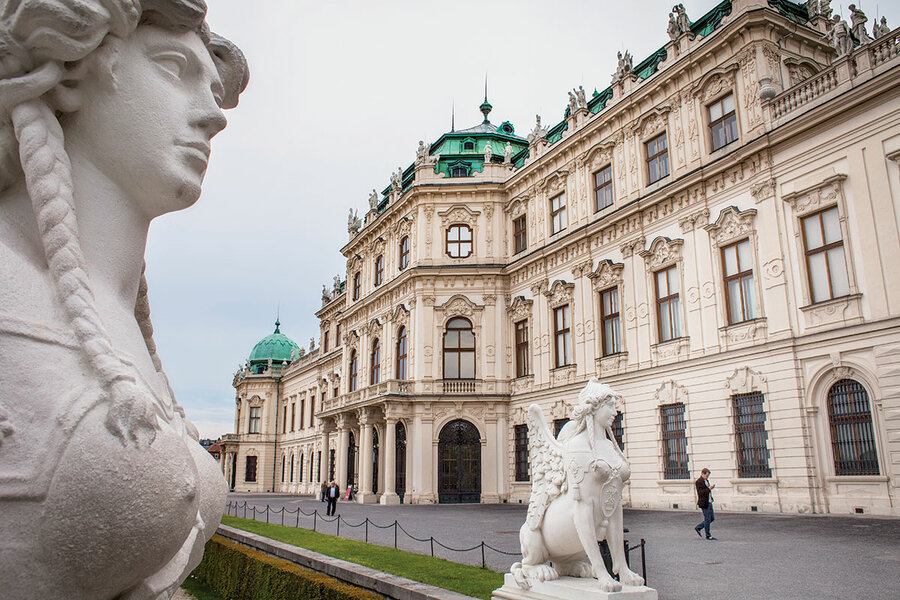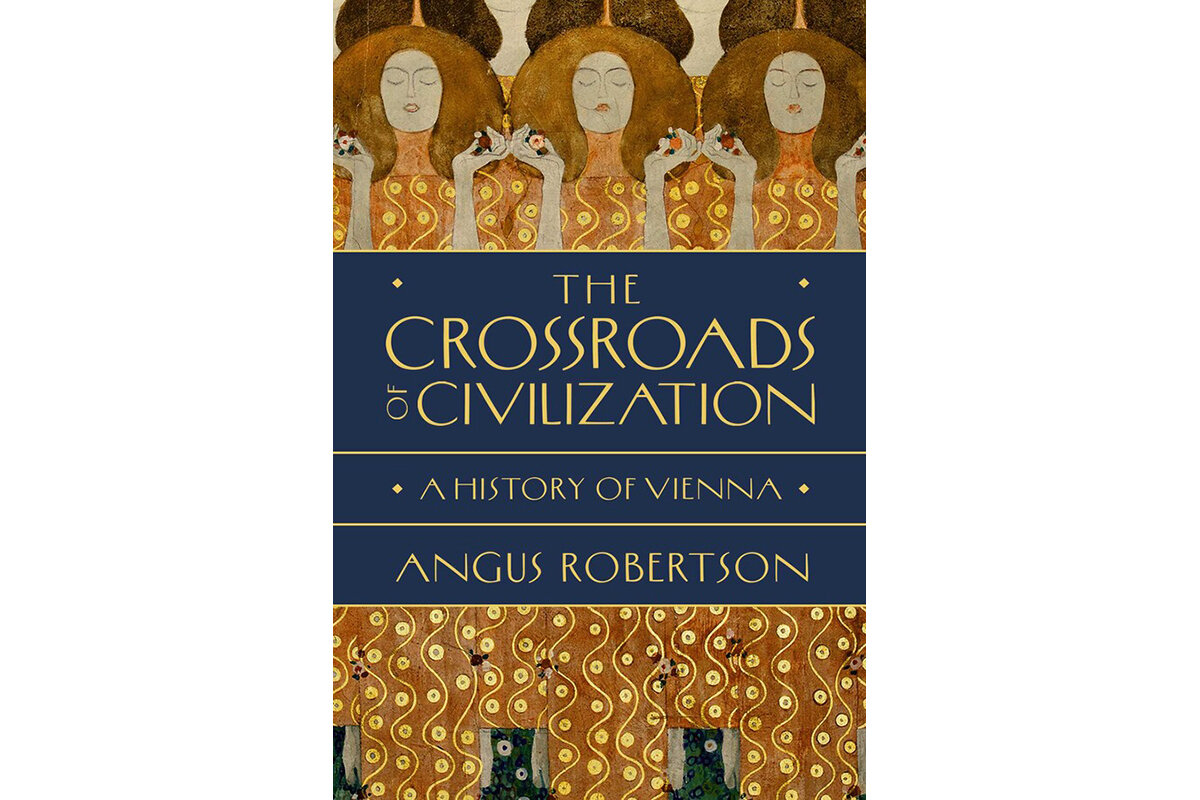Vienna: City of ‘charm and flair,’ from Trajan to Mozart and beyond
Loading...
Tens of thousands of visitors throng Vienna each year, flocking to such sublime sites as the Schönbrunn and Belvedere palaces, the grand opera house, and the sprawling National Library – with its bookcases out of a bibliophile’s dreams. Former journalist and current Scottish Parliament member Angus Robertson’s “The Crossroads of Civilization: A History of Vienna” provides readers with a deep background on this glittering city.
It’s an amazing feat to craft a consistently fascinating history of Vienna, the city of Wolfgang Amadeus Mozart and Gustav Klimt, without getting bogged down in a three-times-as-long history of Austria and its Habsburg ruling dynasty. “The Crossroads of Civilization” is a terrific, engaging read across 2,000 years, from the city’s beginnings as a Roman military fort known as Vindobona to its membership in the European Parliament. Interestingly, one of Austria’s seats in parliament was held by a Habsburg from 1996 to 1999.
Still, even a magician such as Robertson can’t wave away the preponderance of emperors. This is still very much a Habsburg book, with more Franz Josefs than you can shake a Wiener schnitzel at.
One refreshing exception to the parade of male rulers was Empress Maria Theresa, who presided over the Habsburg Empire from 1740 until her death in 1780. She was the only woman to hold the title in her own right. Her “feet were hardly under the imperial table” when she was faced with warring neighbors on all sides (particularly Prussia, something of a running villain for much of the book). Maria Theresa navigated these crises adroitly, but she much preferred the more traditional means of Habsburg statecraft: strategic marriages, reflected in the unofficial motto “Bella gerant alii, tu felix Austria nube (‘Let others wage war: thou, happy Austria, marry’).”
That other famous name associated with the city, Mozart, receives a good deal of attention – mercifully kept under control, unlike most guided tours of Vienna, which mention the composer so often you’ll think he’s going to be busing your restaurant table that evening. Robertson provides an intriguing counterbalance to the Mozart worship by acquainting readers with Mozart’s patron, Gottfried van Swieten (the son of Maria Theresa’s doctor), who helped the careers of other composers, including Joseph Haydn and Ludwig van Beethoven. Given administrative freedom by his progressive emperor, van Swieten did more than just sponsor composers; according to Robertson, he also introduced the world’s first library card system, for which every bookish person owes him a debt of gratitude.
Other famous figures make an appearance, from the brilliant, complicated Foreign Minister Klemens von Metternich (subject of an excellent 2019 biography by Wolfram Siemann) to Emperor Francis Joseph I, who ruled the Habsburg Empire for an astonishing 68 years. There are generals, clerics, writers, dissidents, and ministers of all kinds to fill out the narrative, and Robertson keeps it all interesting and fresh-feeling, even though most of these stories have been told before.
Where he breaks newer ground is in the final chapters of the book, in which he traces the history of Vienna past the dissolution of the Habsburg Empire, through the Cold War, and into the 20th century. Here we see the legendary but still very real fascination of the city being parlayed into realpolitik and brinkmanship of a very old kind. Maria Theresa wouldn’t have recognized the business suits or the microphones, but she would have understood perfectly the power dynamics between U.S. President John F. Kennedy and Soviet leader Nikita Khrushchev in the photo Robertson includes, with poor Austrian President Adolf Schärf sandwiched in the middle.
“Vienna has been a key European and global crossroads for centuries and successfully reinvented itself as times changed, while retaining its essential charm and flair,” Robertson writes. He ends the book on the most surprising note of all: the current-day workability of a living city, one that’s come through the rigors of war and art and genius for a thousand years and still manages to have one of the highest standards of living in the world. Anyone who’s ever been fascinated by the place – and who hasn’t? – will want to find a copy of this book.







